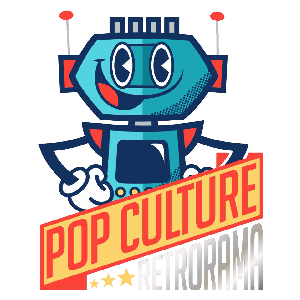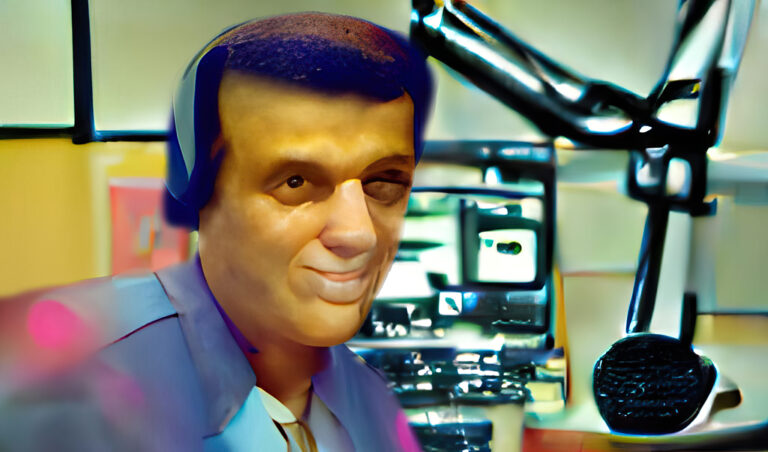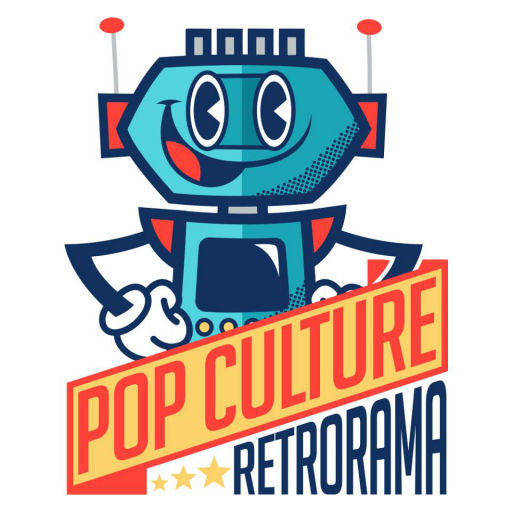If you’ve watched my videos, you know I love a good bargain, and YouTube is about as good as it gets. If you’ve got a device to play it on, such as a modern game console or computer, a Roku device, a Blu-ray player, or a smart phone, YouTube gives you countless hours of free viewing: everything from rare concert footage to sports highlights to funny babies and cats to your favorite YouTube gaming personalities.
Some of my favorite YouTubers include Kelsey Lewin, Metal Jesus, The Gaming Historian, Shawn Long, and Kinsey Burke. I also like the Angry Video Game Nerd, especially when he’s being serious, such as with his Cinemassacre movie reviews. These modern-day minor celebs keep things breezy and fun, entertaining the viewer while providing interesting info.
A few years ago, I decided it would be a good idea to begin creating YouTube content of my own. Not only would it be another fun and productive creative outlet, it would bring attention to the video game books I write, which is hard to do in a digital world. Around three years ago, I began a video podcast with my friend Curtis Newton, who ran a PlayStation website that brought gamers together from around the globe.
 Curtis and I were a good fit. He kept viewers up to date on all the latest video game releases while I provided a historical perspective. We talked other aspects of pop culture as well, such as music, movies and TV, trading jabs, laughing a lot, and in general having a great time. People seemed to enjoy the show, and Curtis had big plans going forward, such as getting the podcast on other platforms and adding such post-production flourishes as special effects and gameplay footage.
Curtis and I were a good fit. He kept viewers up to date on all the latest video game releases while I provided a historical perspective. We talked other aspects of pop culture as well, such as music, movies and TV, trading jabs, laughing a lot, and in general having a great time. People seemed to enjoy the show, and Curtis had big plans going forward, such as getting the podcast on other platforms and adding such post-production flourishes as special effects and gameplay footage.
Unfortunately, after a few episodes, Curtis began feeling poorly, suffering from nausea, dizziness, and headaches. His symptoms would come and go, and sometimes he would have to postpone recording for a week or two. I knew things were getting bad when we were attending a Star Trek convention in Dallas, and he left complaining about a headache before the keynote speaker—William Freaking Shatner—gave his talk.
Sadly, things took a turn for the worse. In January of 2017, my wife Charis and I were headed to a press junket at a video game-themed restaurant in Frisco (north of Dallas) when we got the type of phone call you always dread. Curtis’s good friend Tammy was the bearer of the bad news. My good friend had died earlier that day, killing any YouTube aspirations I may have had. Obviously, the loss of Curtis, a good man with a big personality and an infectious laugh, was vastly more important and impactful than my silly YouTube dreams, but I was nonetheless disappointed that this effectively ended my “career” as an onscreen gaming commentator.
After Curtis died, I didn’t progress healthily through the steps of grief that the experts advise. Rather, I stayed at the angry stage pretty much the entire time, with plenty of sadness sprinkled in. Finally, as of a few months ago, when the angry started to fade into a general feeling of loss, I was ready give YouTubing another go. This was partly due to the blunt suggestion of a Facebook friend. I was bemoaning what had happened with Curtis, and he simply and pragmatically said, “So, become a YouTuber.”
And become a YouTuber I did. However, before I started, I needed to think of an angle that would separate me from the pack. I didn’t want to be just another reviewer or commentator on whatever was going on in the world of retro gaming. Well, I’m old, I reasoned, and I’ve been through a lot in the gaming world, so I went with that and created a show called Tales from a Retro Gamer, where I regale viewers with stories of growing up a gamer in the ’70s, ’80s, ’90s, and beyond.

Thirty-five episodes in, and things are going great. I get a lot of positive feedback and recently passed 1,200 subscribers. I’m hardly an expert on YouTubing (and my delivery is far from perfect), but I have learned a few things about the process already. As such, I’d like to share 10 pointers for those of you who want to start creating your own videos, and for those of you who can’t seem to get many views on the videos you’ve already uploaded.
- YouTubing feels surprisingly similar to public speaking, even though you may just be talking to the camera and one or two other people in the room. Any chance you have to give a public talk, such as being a panelist at a convention, take it—it will help you hone your speaking skills.
- A surprising number of people don’t know what it means to subscribe to a YouTube channel, so when promoting your show during an actual video or on social media, tell your audience exactly what to do: click on that little “subscribe” button on the right, just below your video. You should also ask questions that inspire comments.
- Watch popular YouTubers to get ideas. Keep what works, but add your own spin so you don’t look like a copycat.
- A popular topic doesn’t necessarily mean a popular episode. Putting “Nintendo Switch” or “Fortnite” in the description doesn’t guarantee you thousands of views. In fact, these types of topics are so heavily covered, your video might get lost in the shuffle. Do what you can to stand out.
- When filming, make sure you have bright lighting (even temporarily putting a 100-watt bulb in the overhead light fixture can help) and good background visuals, such as a wall full of games.
- Pop culture buffs and video game fans love cool T-shirts, so try to wear a different one for each episode. Sometimes you can get a free T if you ask, such as from a convention promoter wanting to get the word out on their show, or a publisher wanting to advertise a game—just promise you will wear it in a forthcoming episode. Check Walmart and Target’s T-shirt clearance racks as well.
- To acquire free art for your show, such as a header for your channel or Facebook page, hold a contest on social media where you’ll give away a prize to the winner. This is a win-win: you’ll get some cool graphics, and the artist will have fun and gain exposure.
- Hand out flyers for your show at conventions, especially early on when you have fewer than 1,000 subscribers. In addition to the obvious—sharing on social media—this will get you new subs.
- Add post-production to most of your videos. Talking head episodes are fine, but you’ll want to put in photos, music, gameplay footage, and other flourishes to many of your videos to build and maintain a large audience.
- Have fun. After all, you’re talking about a subject you love. Producing a good YouTube show, even one with a shoestring budget, takes a lot of time, so you might as well enjoy it. Your enthusiasm will show, which is always a good thing when trying to add views and subscribers.
Creating YouTube videos is harder than it looks and takes a lot of practice to get good, so keep plugging away. I’m new to this myself, so I’ve got a lot to learn as well. Hopefully, these tips will help you on your way to becoming a YouTube superstar, or at least a happy content creator with a decent-sized audience.
Longtime gamer, freelance writer, and national columnist Brett Weiss has been a respected journalist in the gaming and pop culture communities for more than two decades. He’s the author of more than 1,600 published articles. His work has appeared in numerous publications, including Game Informer, Old School Gamer, Gameroom Magazine, Classic Gamer Magazine, the Pingame Journal, Video Game Collector, Video Game Trader, AntiqueWeek, Fangoria, Filmfax, The Fort Worth Star-Telegram, The Miami Herald, The Sacramento Bee and The Charlotte Observer, among many others. www.brettweisswords.com
Weiss is also the author of 10 books, including the Classic Home Video Games series, The 100 Greatest Console Video Games: 1977-1987, and The SNES Omnibus volumes 1 and 2. In addition to writing, Weiss hosts a new YouTube show called Tales from a Retro Gamer, and his channel is rapidly growing.



I’m a long time fan of your writing and this was a very interesting piece. Good tips! I’ll have to check out your show.
Thanks, Jeremiah! Very kind of you to say. 🙂 I’m glad you liked the article. Yes, please check out my channel and feel free to comment on the videos. Enjoy!